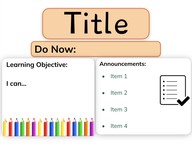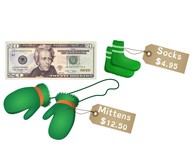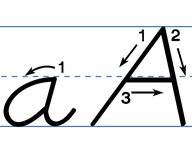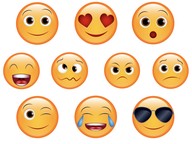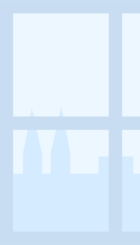
Partial Sums Addition to 1,000
Students learn to use partial sums to add numbers up to 1,000.
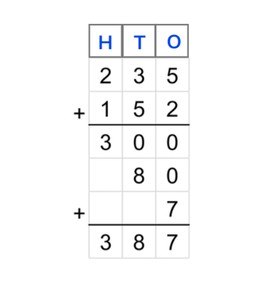
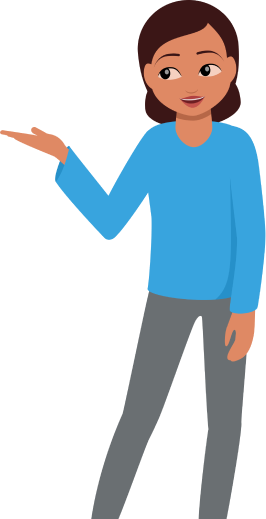
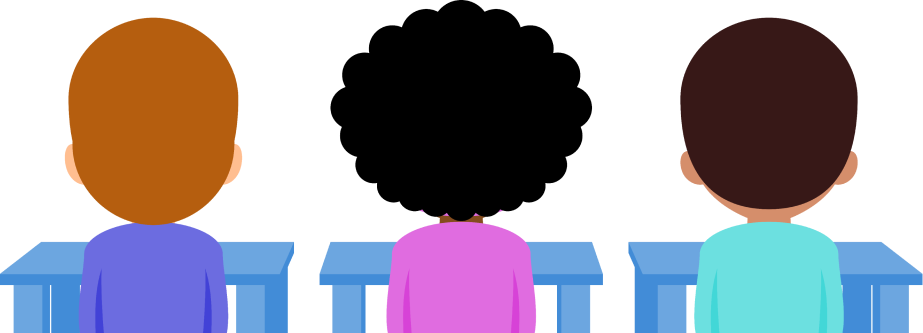
8,000 schools use Gynzy
92,000 teachers use Gynzy
1,600,000 students use Gynzy
General
Students learn to use partial sums to add numbers up to 1,000.
Common core standard(s)
2.NBT.B.7
3.NBT.A.2
Relevance
Using partial sums is useful when you want to add two numbers but can't solve the problem in your head. You can use this to add large numbers together. This is useful to determine, for example, how many hotel rooms have been booked.
Introduction
Show a math problem on the interactive whiteboard represented by the chocolates. Ask students what the total is. Then show them the problem with money and ask students to determine the total. Ask students to explain their strategy. Then show students a quantity of blocks, which they must drag the correct number to the boxes. There is also a number place value chart to fill in.
Development
Explain that when using partial sums, you write the two numbers one below the other. You then add them from left to right. You write the larger number on top, and the smaller number on the bottom. When adding with partial sums, you start on the left and work your way right. That means that you start adding the hundreds. Add the hundreds of each number. Then add the tens, and finally you add the ones. You write each total in the chart as you add the hundreds, tens, and ones. To find the total, you add the added hundreds, tens, and ones together. You write the total at the bottom of the chart. Show students problems in which one row of the chart is colored yellow. Ask students if they can solve the step that has the yellow total. This allows you to check that students understand the steps they should take when solving partial sums. Then show a chart in which students must complete each step. Ask students to write these on a sheet of paper or mini-whiteboard so that they can check their work against what is on the board. Erase the squares to show the answers and final total. Then practice with partial sums with two problems, one in which the addition problem has been paced in the chart, and a second in which students must write the addition problem in the chart and then solve.
Check that students are able to add using partial sums by asking the following questions/giving the following problems:
- Why is it useful to add with partial sums?
- What do the letters H, T, and O mean?
- Where do you always start when solving using partial sums?
- Solve these problems using partial sums: 568 + 21 and 241 + 417
Guided practice
Students are given problems in which they must solve an addition problem using partial sums in which the problem has already been written in the chart. They are also given problems in which students are asked to place the addition problem in the chart and then solve using partial sums.
Closing
Discuss with students that it is useful to be able to use partial sums when adding to 1,000 so you can use an easier method to add larger numbers. Check that students remember that adding using partial sums goes from left to right. Show students a math problem in which three numbers must be added together. The numbers are already in the chart. Ask students how they might solve this problem.
Teaching tips
Students who have difficulty with adding partial sums can be supported by refreshing what the place value chart is and what it does. Ask students to practice placing numbers in the place value chart. To help distinguish, you can use different colors for each place value. Show how adding hundreds, tens, ones and then adding those totals together makes addition easier.
The online teaching platform for interactive whiteboards and displays in schools
Save time building lessons
Manage the classroom more efficiently
Increase student engagement
Discover more!
About Gynzy
Gynzy is an online teaching platform for interactive whiteboards and displays in schools.
With a focus on elementary education, Gynzy’s Whiteboard, digital tools, and activities make it easy for teachers to save time building lessons, increase student engagement, and make classroom management more efficient.
